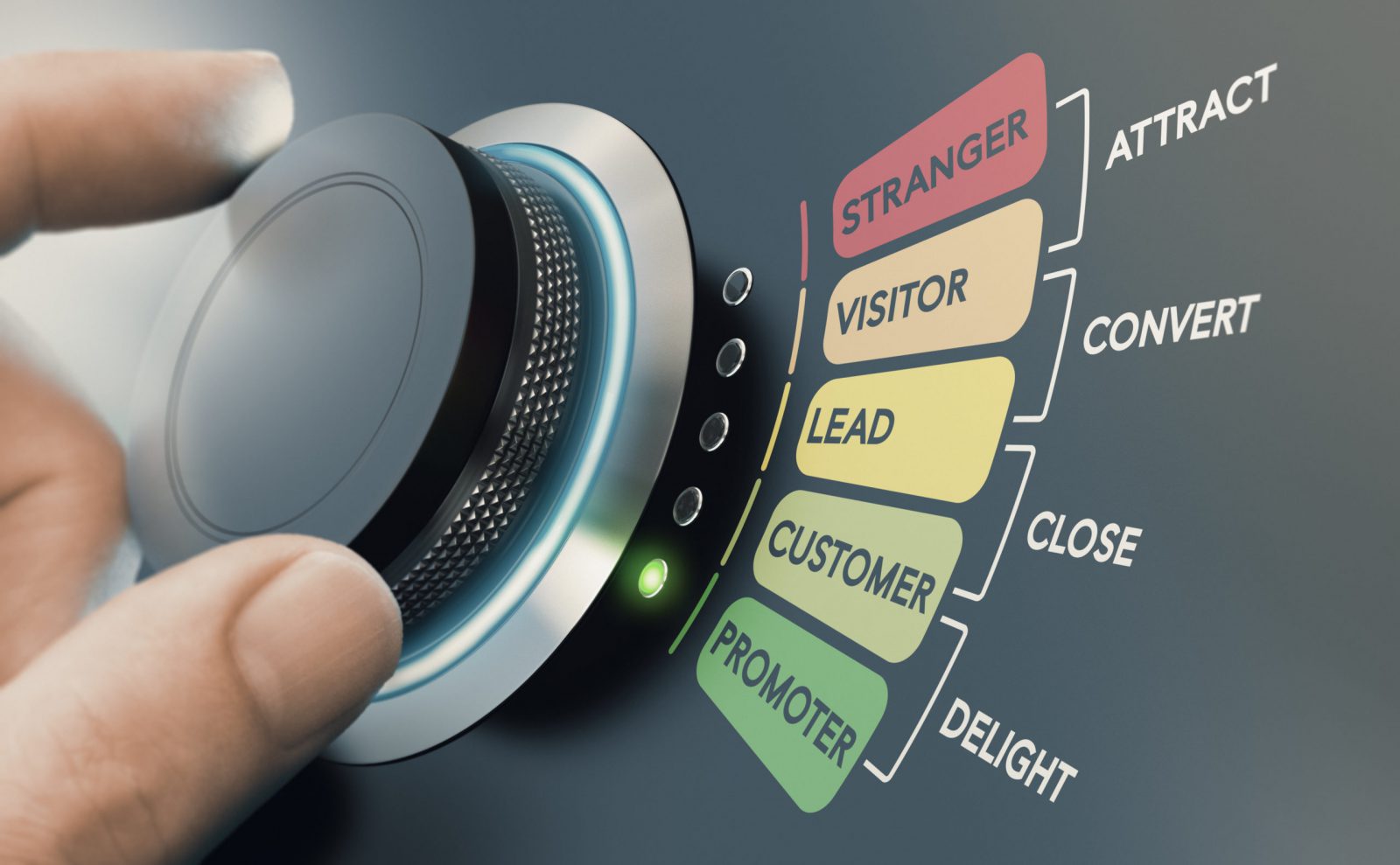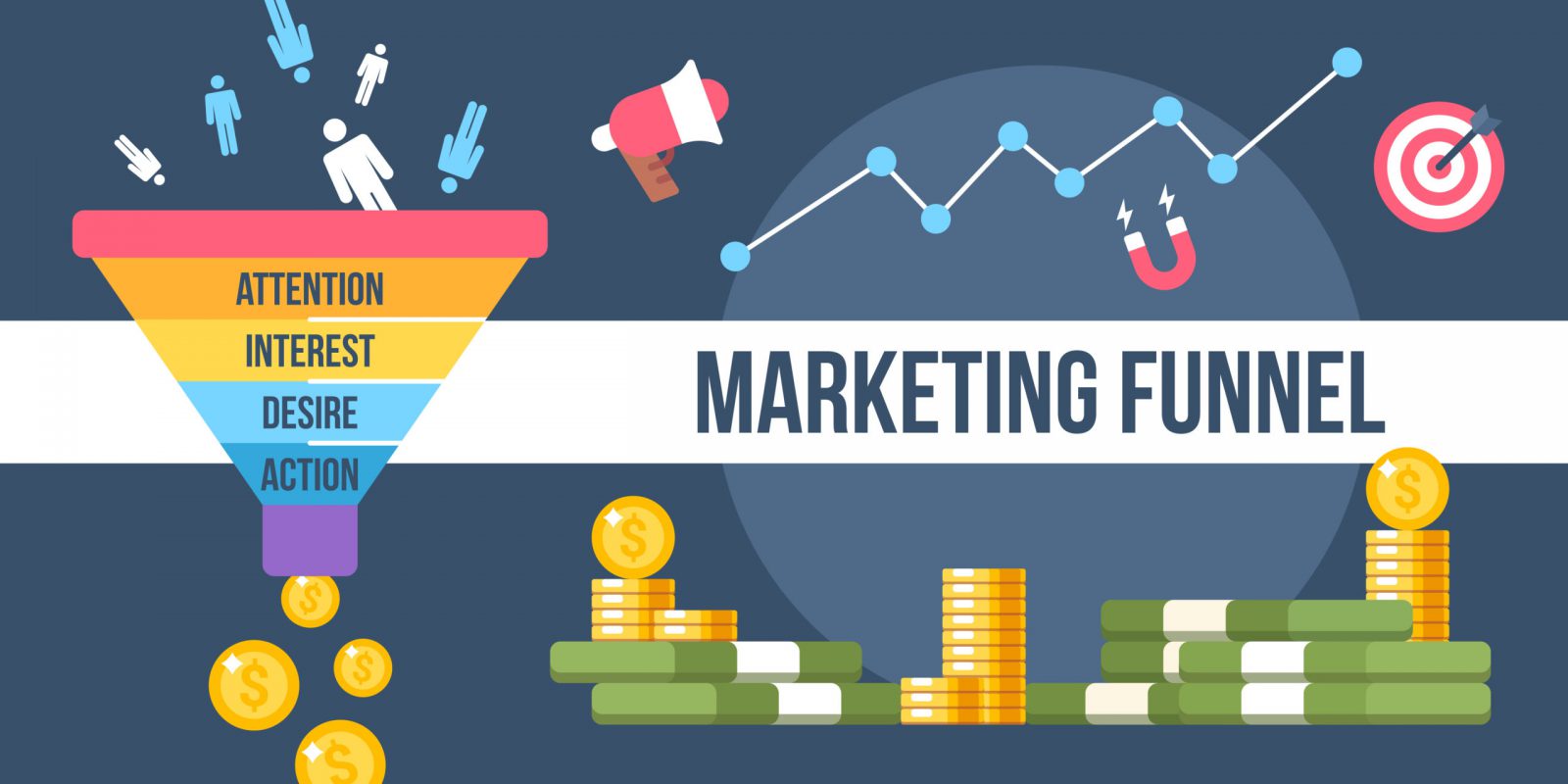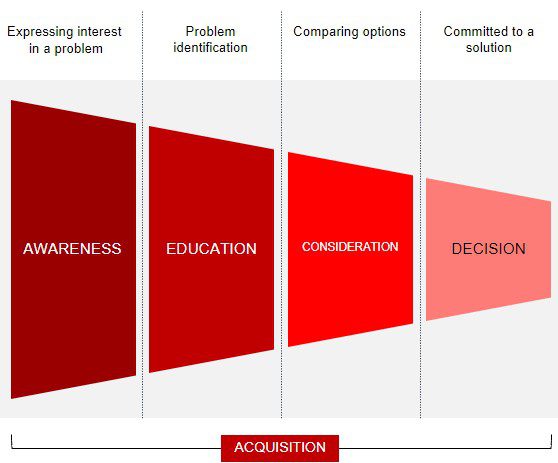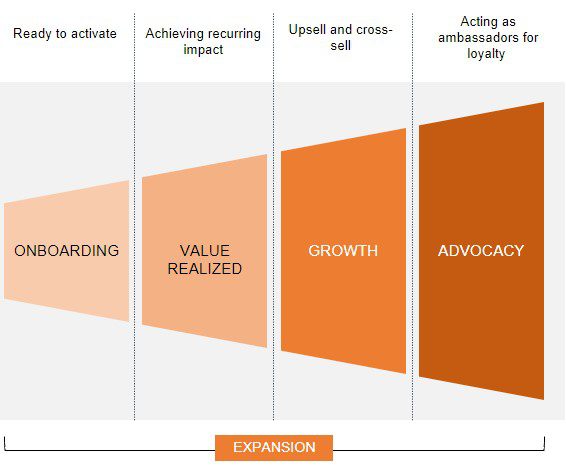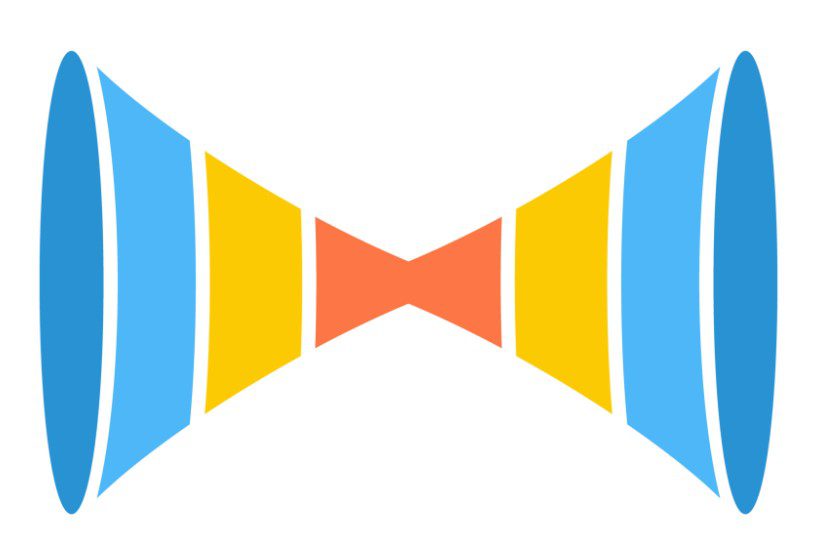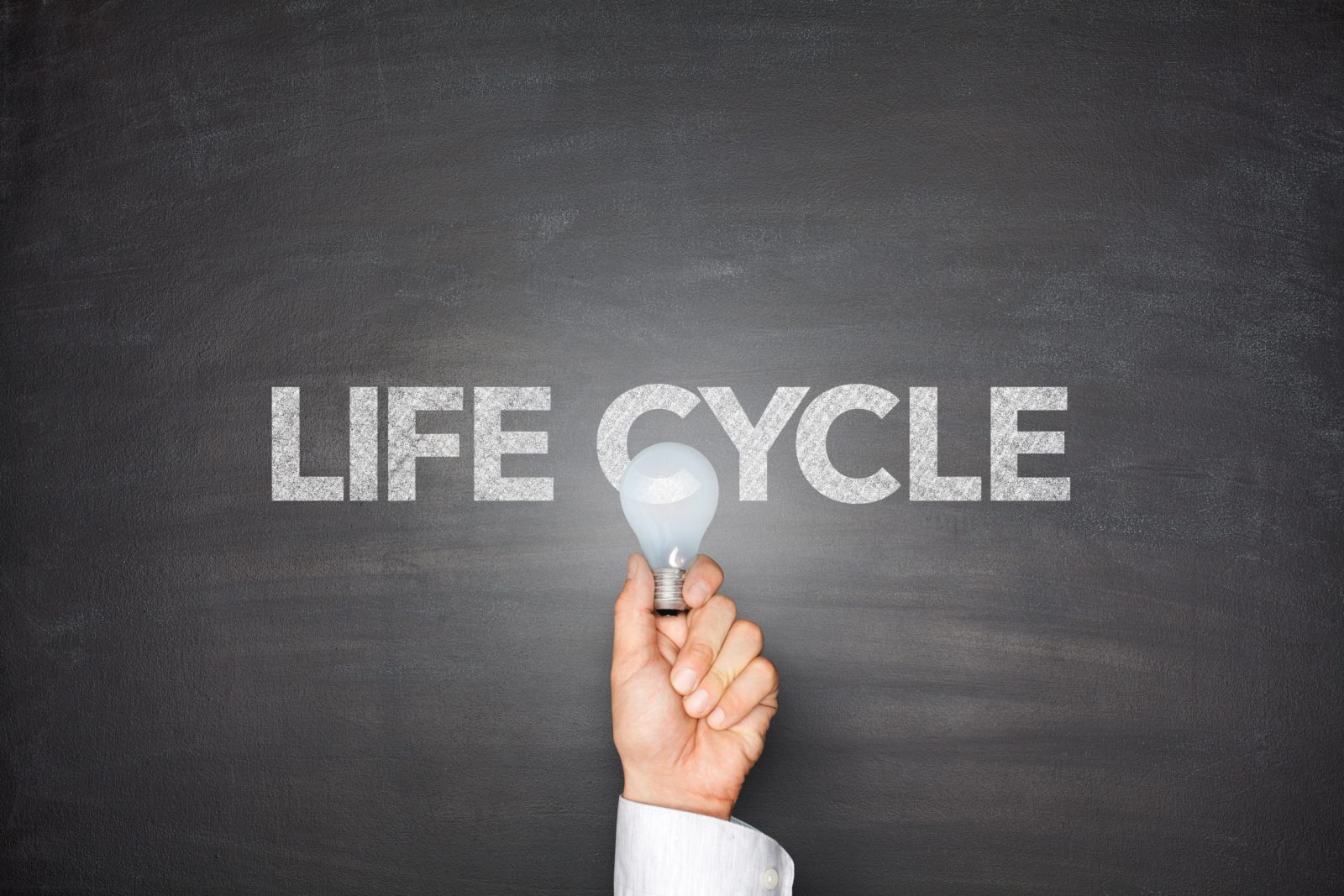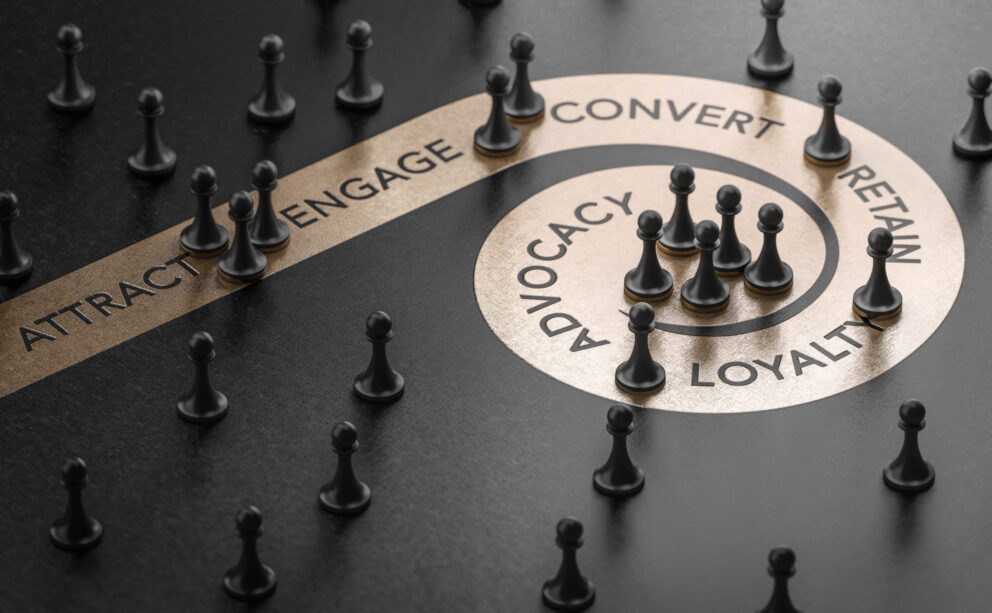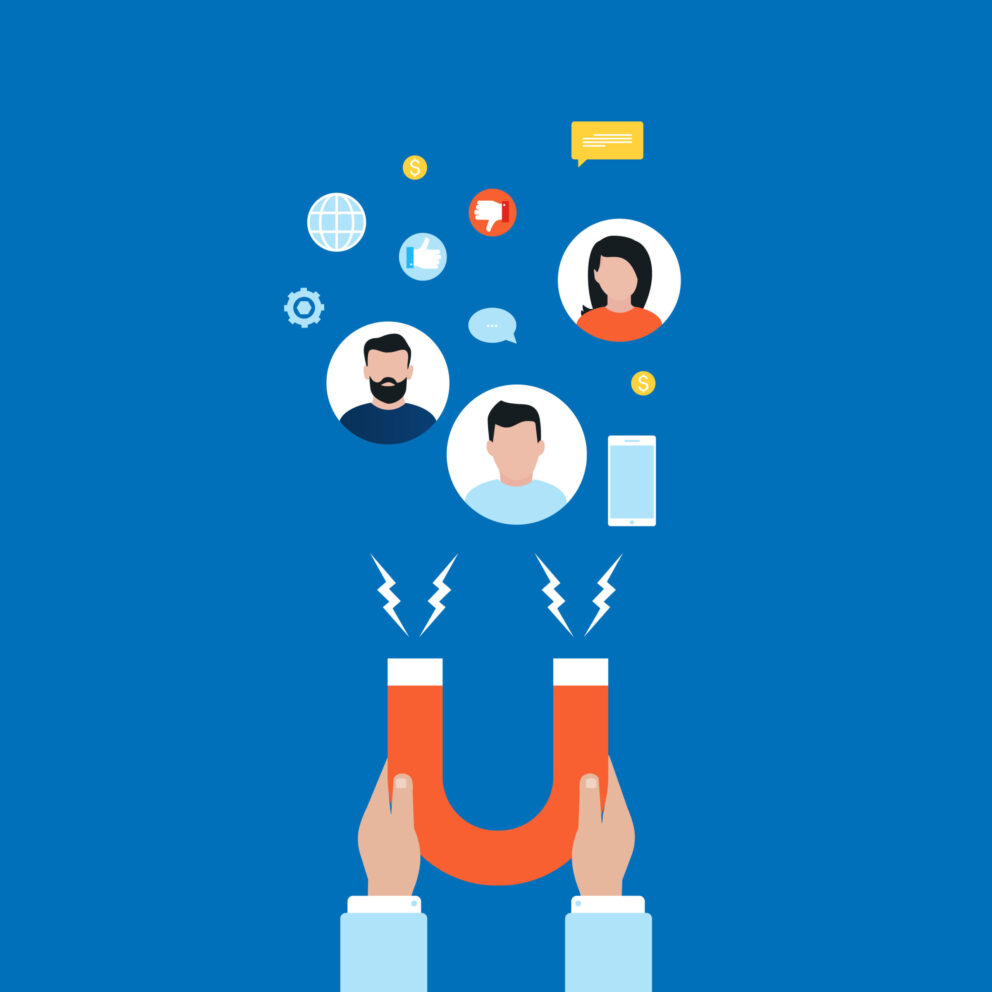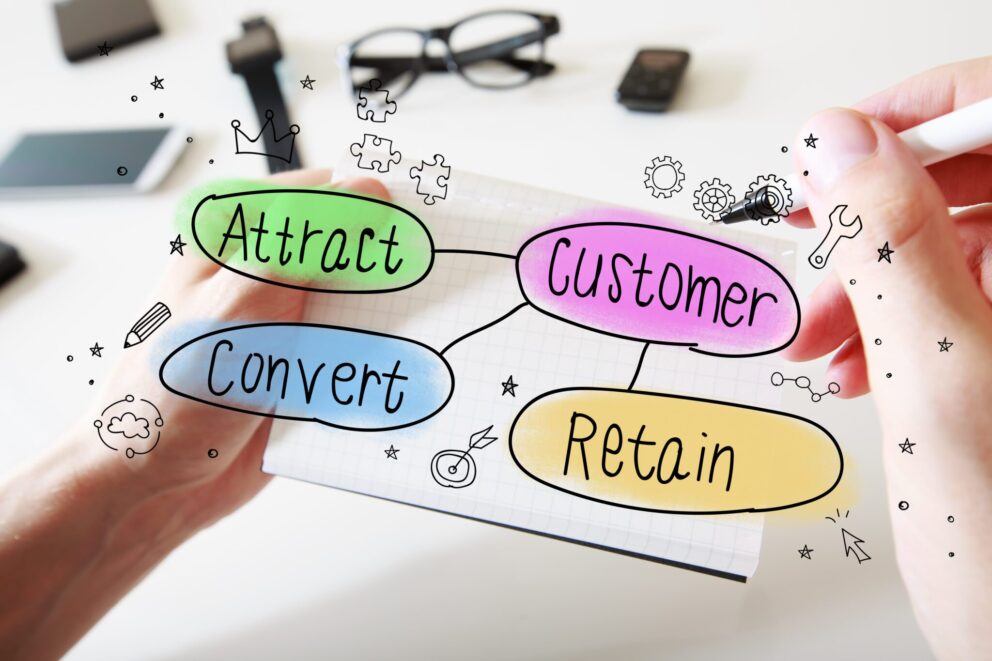Managing B2B Customer Life Cycle Stages: From Acquisition to Expansion

By Karla Sanders, Engagement Manager at Heinz Marketing
A B2B customer’s journey extends beyond the dated marketing funnels for learning about a brand, item, or service. Gone are the days when B2B buyers used a linear approach to sell and market products. With the recent economic uncertainties that battered multiple industries, more and more B2B companies are realizing that retaining and expanding their existing clientele is the most prudent way to move forward.
Customer retention was historically not given much weight by B2B marketers, but it is now a crucial component of B2B marketing strategies today. Managing the B2B customer life cycle stages with a holistic approach from acquisition to customer expansion offers a better way to maximize the time, money, and effort when creating campaigns and conducting sales outreach. After all, retaining customers is cheaper than acquiring new ones. In fact, customer retention is 5-25 times cheaper than customer acquisition.
Customer Life Cycle Stages
The series of stages a customer takes when thinking about, choosing, utilizing, and remaining loyal to a product or service is referred to as the customer life cycle. Most B2B marketers know the basic five distinct stages in a customer life cycle: reach, acquisition, conversion, retention, and loyalty. To put it simply, managing the B2B customer life cycle entails attracting a potential customer’s attention, educating them about a company’s offerings, converting them to paying customers, and then keeping them as devoted customers whose contentment with the product or service encourages additional customers to join the cycle. This approach is sometimes represented as a bowtie, as opposed to the traditional linear marketing funnel where engagement ends when an opportunity has been won or a deal has been made.
The images below illustrate an expanded version of a traditional marketing funnel where customer retention is a crucial part of the CRM strategy to keep the customer moving through the cycle from acquisition to expansion.
Acquisition
Awareness
Initial understanding that something is impacting the business
Education
Understanding that there is a solution to what the business is experiencing
Consideration
Comparing all potential solutions
Decision
Found a solution that will help solve the business problem or need
Expansion
Onboarding
Works as promised, delivered on time and within budget
Value Realized
The business impact is achieved
Growth
The business impact is being achieved repeatedly through cross-sell and upsell
Advocacy
Acting as ambassadors for loyalty
How to Manage the Customer Life Cycle Stages
For a B2B company to continue to succeed and expand, it is essential to understand the customer life cycle. Instead of segmenting the life cycle stages into silos, it should be managed as a whole. If a company only concentrates on the early stages (such as awareness, education, consideration, and decision) and ignores the stages following a customer’s purchase (onboarding, value realization, growth, and advocacy), it will ultimately suffer from customer churn. The company will successfully attract new customers, but those customers will become dissatisfied and leave, resulting in higher customer acquisition costs.
The following metrics can be compared to industry benchmarks and tracked over time (i.e., quarterly, or yearly). It may be possible to close market gaps in product or service offerings by comparing business KPIs to those of competitors (assuming some data is publicly available). Moreover, these metrics can be used by businesses to assess the effectiveness of each stage:
Awareness and Education
Impressions, branded searches, website visits, form fills
Consideration
Leads, inquiries, content downloads, email click-through rates
Decision
Lead conversion rates or opportunity-to-close rates, win rates
Onboarding and Value Realization
Renewal rates
Growth and Advocacy
Net promoter scores (NPS) or customer satisfaction (CSAT) scores
In Summary
As B2B marketers, getting a deeper understanding of the customer journey and knowing what is valuable to your ideal customer profile (ICP) at their specific life cycle stages are crucial elements when creating sales and marketing programs. Embracing a holistic approach to the customer life cycle stages from acquisition to expansion will create better customer relationships as your customers begin to see and appreciate the value of the partnership. Instead of concentrating on selected stages of the life cycle, businesses should optimize and improve ALL the stages in the customer life cycle from acquisition to expansion.

